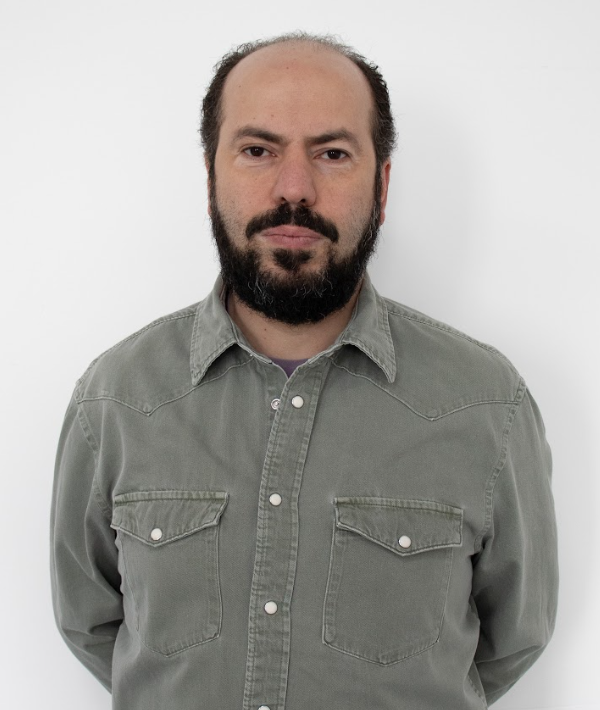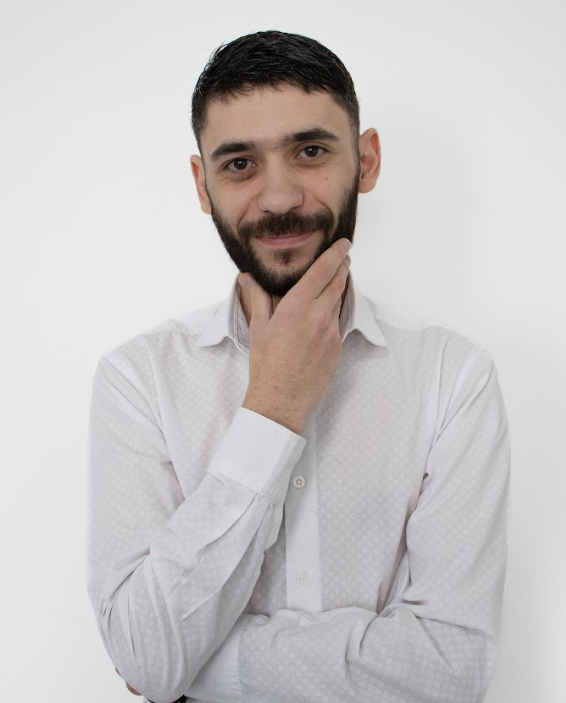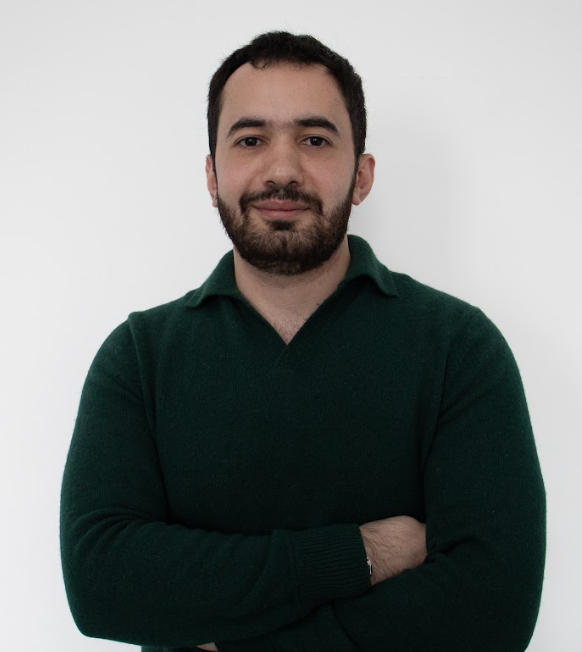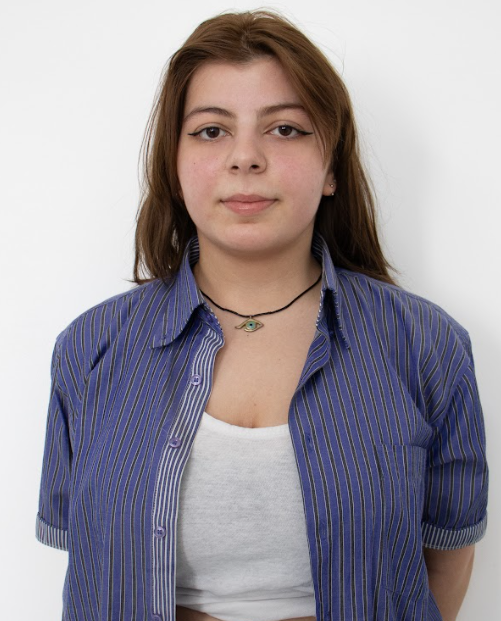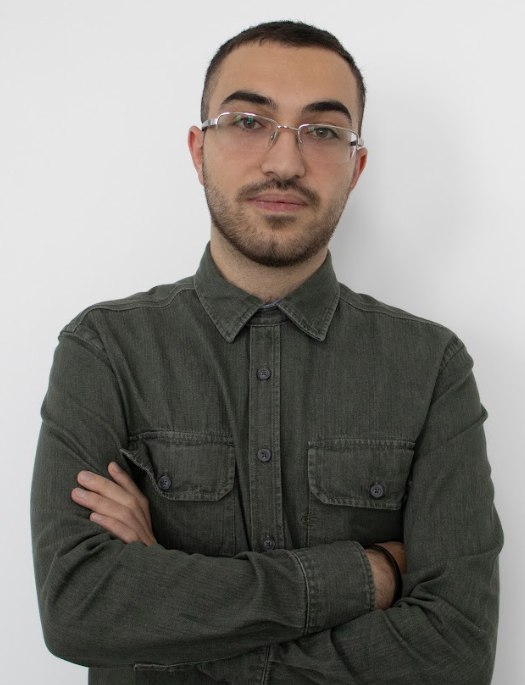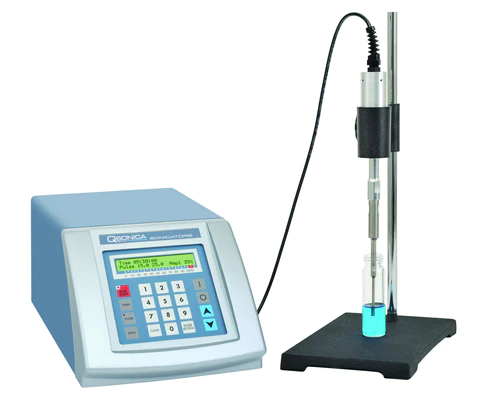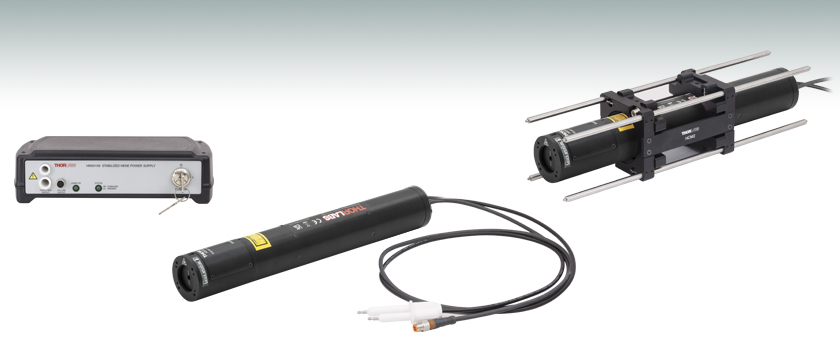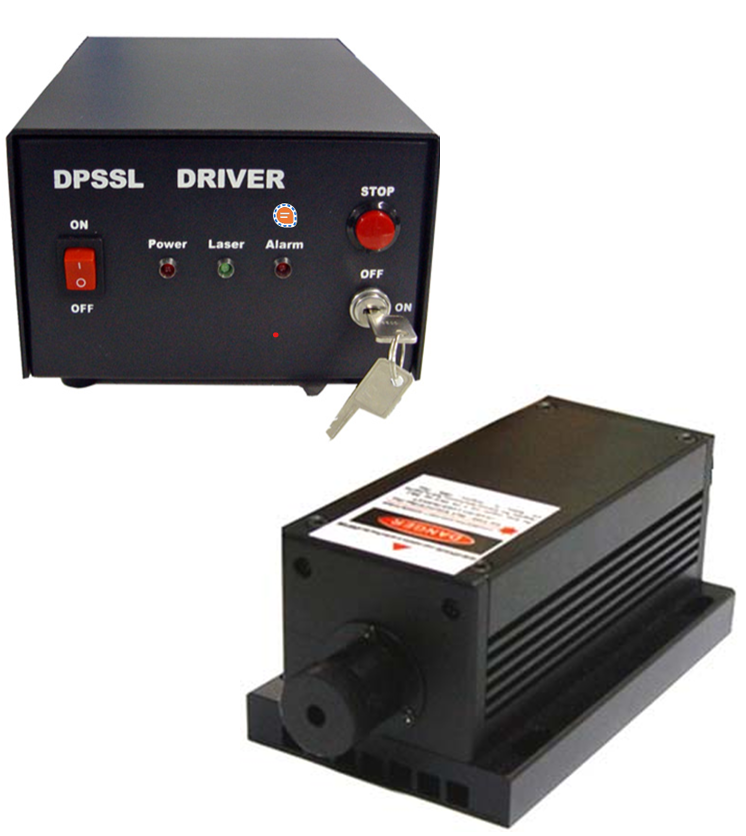Quantum materials and nanophotonics laboratory
The Laboratory of Quantum Materials and Nanophotonics was established in 2024, building upon the foundation laid by the Quantum Materials and Nanophotonics research group, which was founded in July 2022.
The total number of employees is 15, of which: Prof. Dr.-1, Dr-6, PhD students - 2, MSc students - 4, BSc students - 2.
Main research activity: The Laboratory of Quantum Materials and Nanophotonics specializes in the cutting-edge exploration of semiconductor quantum dots; and optical properties, focusing on how these nanoscopic particles interact with light. This facility is renowned for its comprehensive study of various quantum dot types, with a particular emphasis on those with non-trivial geometries. These unique shapes open up new avenues for manipulating electronic and optical properties, paving the way for groundbreaking advancements in quantum computing, photovoltaics, and bioimaging. By harnessing the peculiarities of these quantum dots, the laboratory aims to unlock novel photonic phenomena and applications.
Our research delves into the intricate interactions between semiconductor quantum dots and various types of liquid crystal molecules with the help of an atomistic approach like Density Function Theory (DFT), aiming to understand the complex interplay at the nanoscale. By investigating these interactions, we seek to unravel the mechanisms governing the alignment and phase behavior of quantum dots within liquid crystal matrices. Utilizing advanced computational and experimental methods, we calculate the free energy of the system, providing insights into its stability and thermodynamic properties. Additionally, we assess the absorbance characteristics of these composite systems, exploring their potential for novel optoelectronic applications and dynamic display technologies.
The experimental arm of our research is dedicated to the pioneering development of quantum dot liquid crystal composites (QDLCs). In this venture, we combine the unique spectral and wave function properties of QDs with the high responsiveness of liquid crystals to external stimuli. Our experimental efforts are geared towards harnessing and enhancing the electro-optical, magnetic, and thermal properties of QDLCs.
Facilities
Quantum Dot and Liquid Crystalline Composite Synthesis Lab: is furnaced by Chemical Fume Hood with Storage Cabinet, Benchmark Digital Hotplate & Stirrer, Ultrasonic homogenizer, 0.1 mg Analytical Balance, Precision Vacuum Drying Oven, etc.
Photonics Lab: equipped by Green Diode Pumped Solid State Q-switched Laser, HeNe laser, Spatial light modulator, digital oscilloscope, power meter, compact spectrometer, optical table with isolator legs, posts, holders, mounts, lenses, filters, and other optical accessories.
Computational Lab: is equipped by high-performance computational unit with CPU: AMD Ryzen Threadripper 3990X (64 cores, 128 threads), Motherboard: ASUS ROG Zenith II Extreme Alpha (or a similar TRX40 chipset motherboard), RAM: 128GB DDR4 3600MHz (4x32GB) ECC or non-ECC depending on your use-case, GPU: NVIDIA GeForce RTX 3090 or NVIDIA A6000 for more professional workloads, (Multiple GPUs if necessary, depending on workload), Storage: Primary: 1TB NVMe M.2 SSD for OS and software (e.g., Samsung 980 Pro), Secondary: 4TB SATA SSD for fast data storage (e.g., Samsung 870 QVO), Tertiary: 8TB HDD for bulk storage (e.g., Western Digital Ultrastar DC HC520) and 10+ high-performance computers with Intel Core i7 or i9 processors with Gaussian and Wolfram Mathematica licensed software packages.







